Wrote this as advice to another user in another thread, however I think its useful as its own OP. My general strategy is to DCA into ETH, and soft short it while doing so. I invest in fundamental theses. Here is my framework:
Why do Cryptocurrency cycles happen?
Because of the nature of proof of work, and how it works in the original asset with largest capitalization: BTC. BTC security is provided by miners, who have fixed operating costs. BTC emits supply as a subsidy for this security (in addition to txn fees on network), and this emission halves to asymptotically reach 21 million as a supply.
When it does, a structural seller in the market (BTC miners), are less willing to sell at low prices due to fixed operational costs, this causes price to rise. This slow rise attracts smart and dumb money as it goes higher due to incoming capital. This demand is in fiat ($) and does not scale with current price.
However, as price rises, the structural seller (miners) is exponentially more incentivized to sell, and do so. This sell pressure is in native onchain token/asset (BTC) and scales with current price.
Eventually the linear/decaying demand on new mania capital is overtaken by the structural selling. This leads to fear, and further capitulization. Some people, who notice this cycle, stay, and miners of course do not sell below operational cost. So price returns to an equilibrium between natural demand and structural supply, usually higher than before halvening because of those who stayed rather than ran away.
How do you fundamentally value crypto?
Blockchains with byzantine fault tolerance, as a whole, is a way to use technology to reduce the economic transaction costs of trust in holding, securing and exchanging value/tokenized value (assets). Their effectiveness at this is determined by how secure they are to exogenous attacks, how many interesting nodes/users exist on the ledger and how long they are expected to live. Because these factors determine its economic bandwidth, and generally how much capital is likely to risk itself living on said chain.
- Security -> the economic cost of attacking the chain to censor/roll back transactions or double spend etc. Also includes marginal cost of repeatedly attacking / attacking again.
- # Interesting nodes/users -> Metcalfe's law; i.e. that upper bound of value of a network, or use cases on network, are determined by # of nodes, as more interesting things can happen (e.g. a telephone network connecting 10 people is less generally useful than one connecting 100,000 people). Another factor related to metcalfe's law is the number of interesting functions/actions other than "send/receive the native asset" that exist.
- Life expectancy of chain -> Lindy effect, mathematical conjecture that you are most likely to observe something in the middle of its lifespan, so if thing X survived for Y years, the life expectancy for thing X is 2Y. Blockchains with value/TVL have a honey pot, the integral of this pot value over the amount of time that the chain has existed and defended against attack successfully; is roughly the "factor" for capital's comfort coming into/onto the chain.
This framework coherently explains why BTC market cap is above ETH, and why ETH market cap is biggest compared to all of its alt-L1 competitors. No one has a time machine, so new alt-L1s and new BTC clones can't build lindy, # of interesting nodes, liquidity, security etc. required to sustain an ecosystem around a blockchain.
Crucially, the use case of this new technology has one other limiting factor, computational scalability, which prevents its use in many potential use cases other than simple and complex finance. There is currently no solution to this that does not sacrifice security or # interesting nodes/users (alt-L1s with bigger and quicker blocks lose security, roll ups and zk roll ups lose composability and thus some connection to the existing ETH ecosystem). However, roll ups and newish math like ZKPs allow compression of information and "verified" off chain computation/state change, and are the current best solution to scaling that does not sacrifice much security and not all composability.
What is a good strategy going forward?
Because of macro environment and progression/time of the cycle we are in, it is best to accumulate and bet on the downside to hedge catching falling knives. Currently, the dominant monetary system (Fed) is tightening money and capital supply in order to fight inflation/price rise in goods, either a change in that policy, or a fundamental structural change in flows (like a halvening) for either BTC or ETH is needed, as the two chains with biggest lindy and market cap.
Next Fed meeting is in June, likely to still be hawkish or bearish. But certain things that are counter to current gloom and doom: Month to Month inflation is at ~4%, while the more lagging Y to Y CPI print is whats at 8% like so many people cite when shilling their shitcoin bags ("HFSP with 8% inflation dollars!"). This may mean Fed eases on tightening capital supply.
The other counter-narrative to multi-year bear market doomerism is that Ethereum merge will reduce the structural sellers of ETH, since pure Proof of Stake provides a magnitude more security, and high marginal cost of repeated attack, for the same $ of security cost in either fees or seignorage supply inflation. Personally, as a software engineer and experienced trader, I see this as the most unpriced fact by dumb money and even some smart money. This change is a severe similar structural change in flows as a BTC halvening, but less likely to affect assets outside of the ETH ecosystem as it is less dominant in capitalization as BTC.
However structural flows for ETH will benefit from:
- Reduction in security costs, and thus structural sell pressure of about $7-9B a year at current price and mcap. due to merge
- Even low onchain activity from either users or roll ups being sufficient to displace supply from validator seignorage.
- Additional demand from staking yields boosted by MEV (validators and decentralized ETH staking pools with validators can extract MEV)
Therefore, my strategy is the following:
- I DCA $25k-$40k a week into ETH, I lock this ETH in either Aave or Alchemix
- I borrow at negative interest (Alchemix) or positive low (0.7%) interest (Aave), in ETH, against my DCA'd ETH
- I exchange said ETH for GLP on Arbitrum (a liquidity pool for a very good decentralized perps exchange that is half stables, and half ETH/BTC/Uni etc.), that pays ~13% APR in ETH, and about 11% APR in GMX
- If price continues to go down for ETH, the GLP should go down slower, providing a soft short for ETH. If price goes to say $1600, and I sold my borrowed ETH at $1800, I can convert from GLP -> ETH, pay back my loan, and keep difference as additional ETH.
- If price goes up, the GLP APR should help slowly pay off ETH borrowed (in addition to negative interest on Alchemix)
- If macro conditions or market conditions change, convert GLP back to ETH, pay off debt or if not enough, convert to rETH and wait for long term hold (years), take hit and burn collateral to sell if required.
Bias disclaimer: I am currently deploying about $500k in capital behind accumulating Ethereum while Fed / macro is hostile and merge is still to risky to low information market participants to price correctly.
[link] [comments]

You can get bonuses upto $100 FREE BONUS when you:
💰 Install these recommended apps:
💲 SocialGood - 100% Crypto Back on Everyday Shopping
💲 xPortal - The DeFi For The Next Billion
💲 CryptoTab Browser - Lightweight, fast, and ready to mine!
💰 Register on these recommended exchanges:
🟡 Binance🟡 Bitfinex🟡 Bitmart🟡 Bittrex🟡 Bitget
🟡 CoinEx🟡 Crypto.com🟡 Gate.io🟡 Huobi🟡 Kucoin.
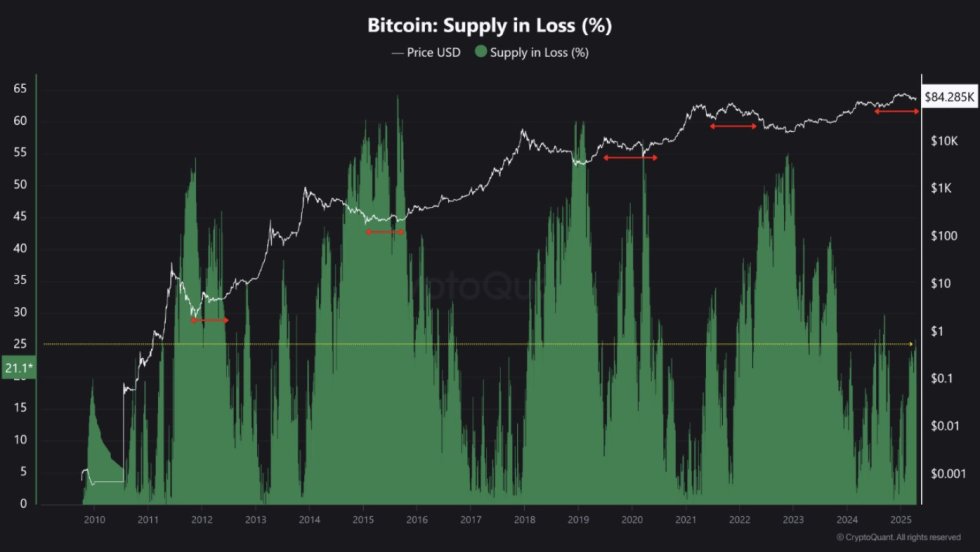


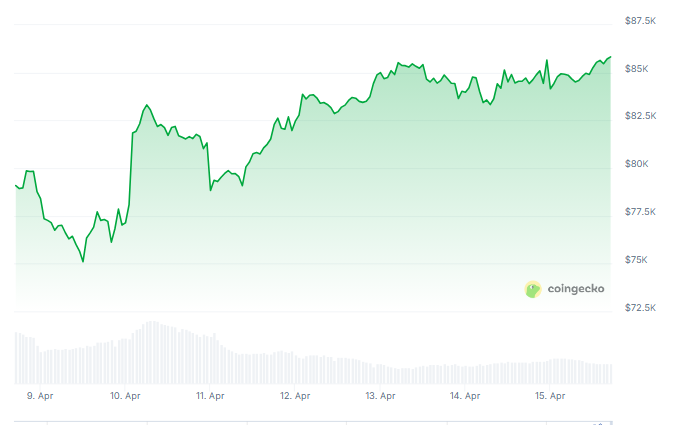

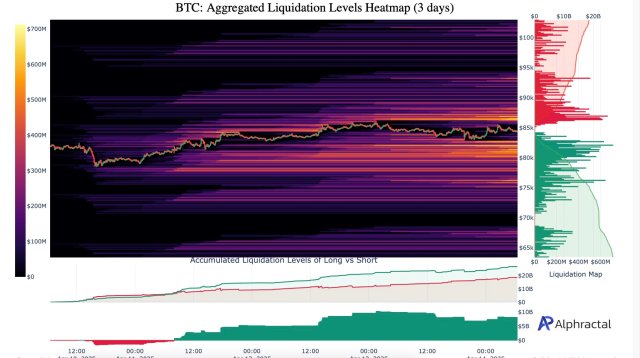
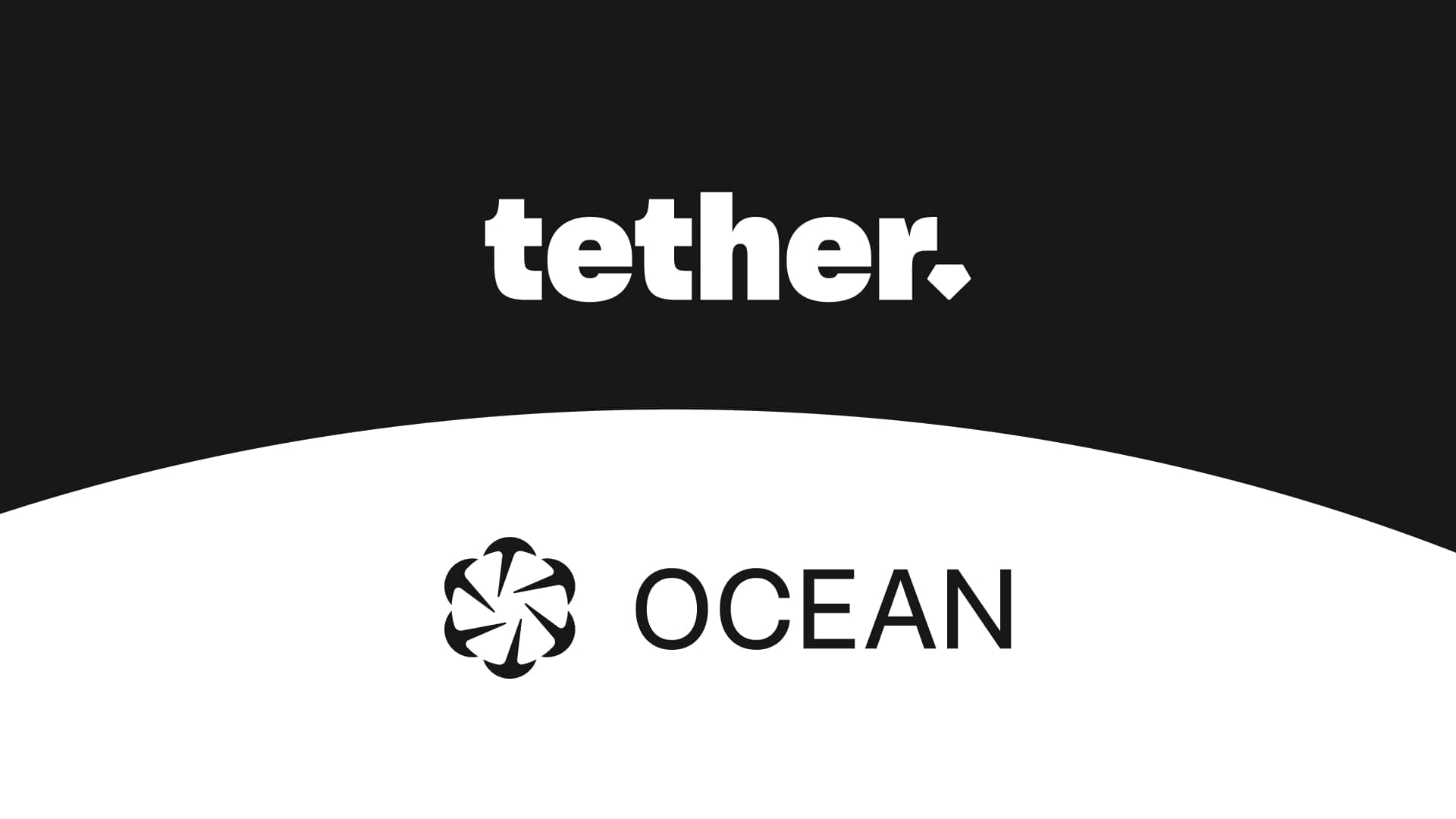





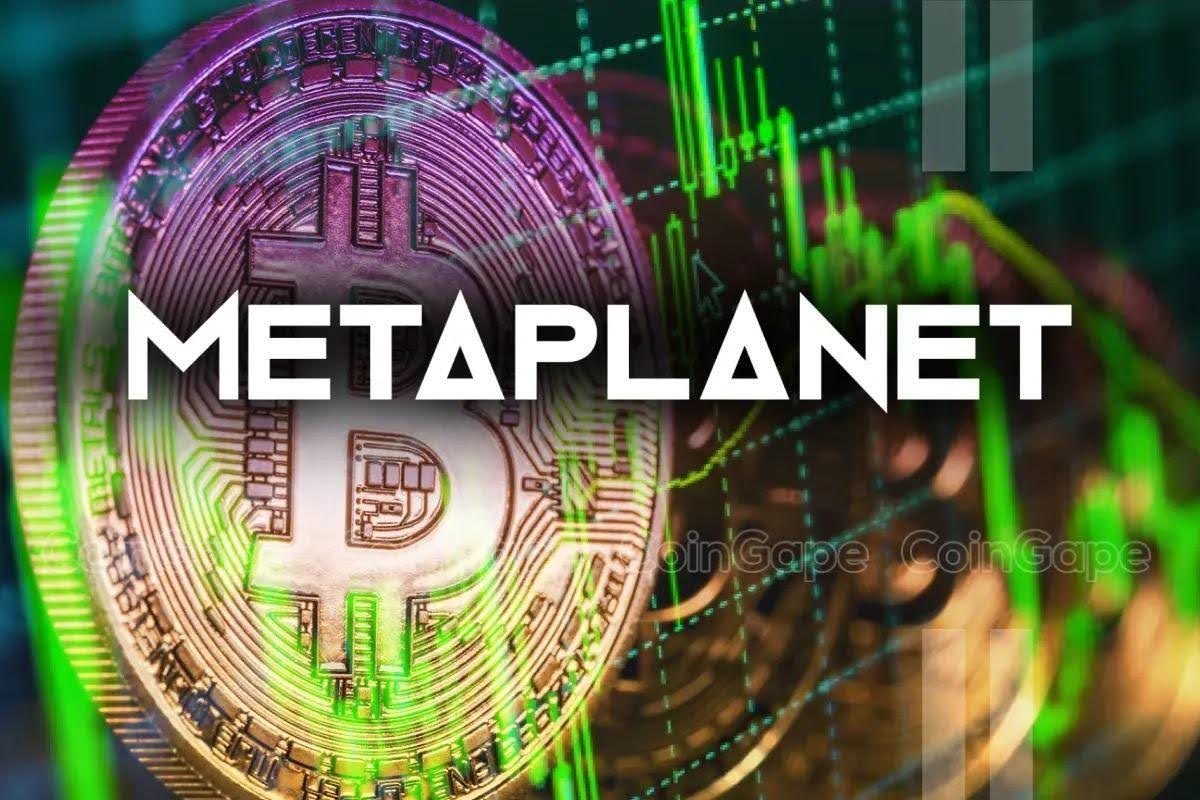

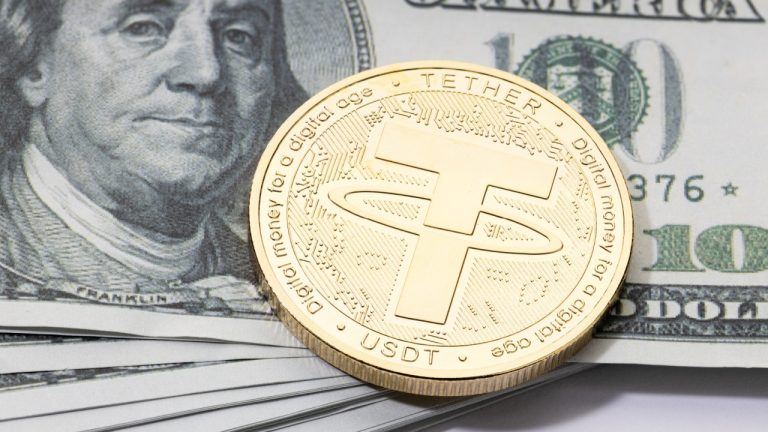

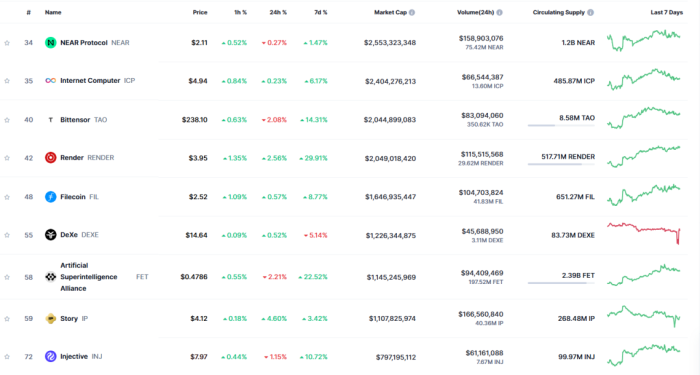
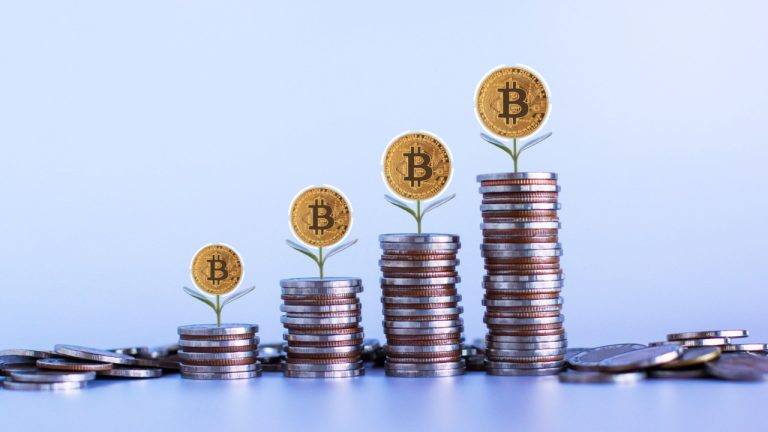

Comments